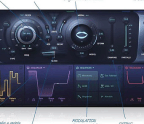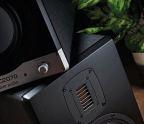Key signatures
Apr 23, 2019
5 minutes
By Dave Clews
f you’ve ever tried to read a piece of sheet music, you’ll know how important the key signature is. For the most part, every piece of music (in Western tonal music, at least) has a key that represents its tonal center. The key signature is a symbol found at the beginning of the stave, between the clef and the time signature, that lets the player know at a glance what key the piece should be played in. Easily identifiable once learnt, the symbol shows which notes in the piece need to be altered in pitch — in other words, sharpened or flattened — to make the piece conform to that key. In practice, one sharp or flat placed on a line in the key signature implies
You’re reading a preview, subscribe to read more.
Start your free 30 days



